Interview – Santosh Iyer, Vice-President of Sales & Marketing, Mercedes-Benz India
We spoke to Santosh Iyer – VP, Sales and Marketing, Mercedes-Benz India – about the launch of new products this year, the experience of launching the first luxury EV in India and more.
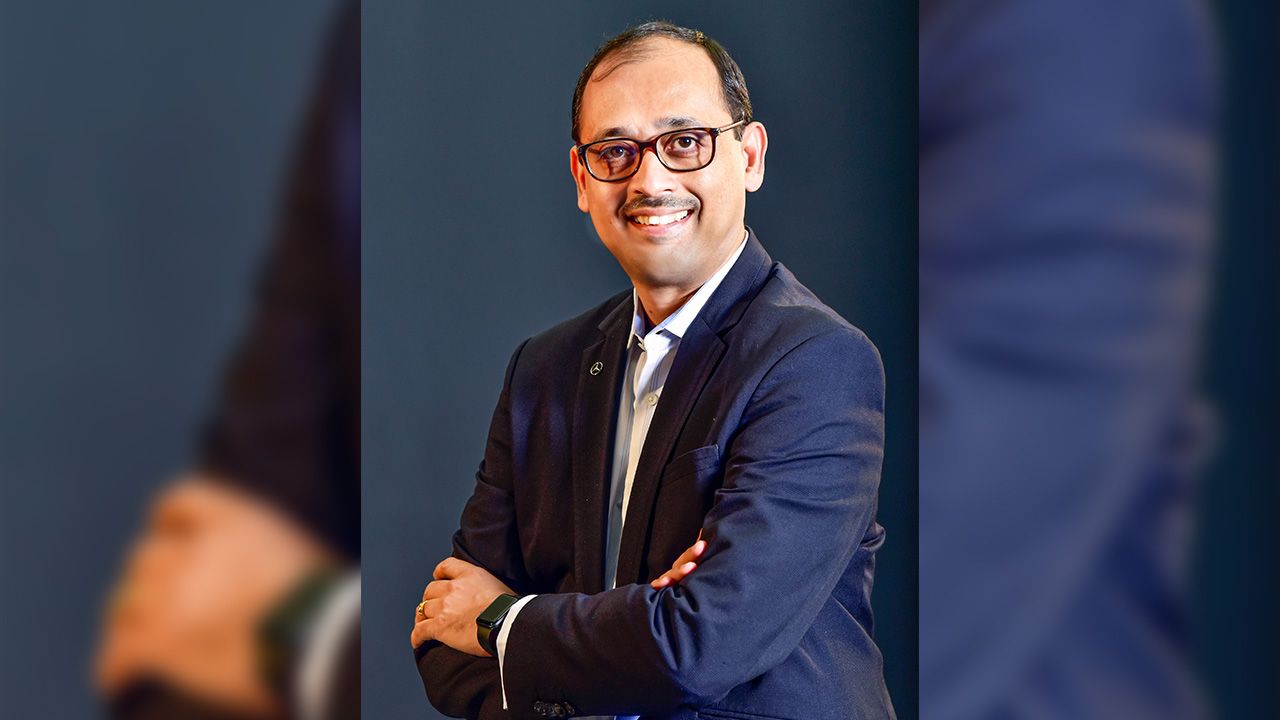
We spoke to Santosh Iyer – VP, Sales and Marketing, Mercedes-Benz India – about the launch of new products this year, the experience of launching the first luxury EV in India and more.
2021 is a big year for you and with the A-Class, you’re once again in the entry-level luxury segment. What are your expectations? What do you think is going to be a real attraction for customers?
Yeah, there was a vacuum in the entry-level segment for the last one-and-a-half years, as our new-generation cars, the A-Class and the GLA were not there. And if you look at the last five years, we have sold more than 22,000 cars in the entry-level segments. So, we were a dominant player in the segment, but the last year had its own set of challenges. But I think bygones are bygones, and right now, we are excited about the launch of the A-Class. When you talk about expectations, I think, as a car, even the earlier A-Class appealed to customers, who were already luxury car owners, but they bought the A-Class as an additional car – for their child or spouse. So that’s one critical segment for us. And the second segment, of course, is the first-time luxury buyer who would like to buy into this car and into the luxury segment. What we have done with the A-Class is that there is no entry-level model, we have just provided a fully-loaded car, available with both petrol and diesel engines, and, of course, at the top of the line, we have a locally produced AMG too. But what we feel is, this should be the real car to enter into the luxury segment with. Therefore, it’s a limousine, with no compromise in terms of size, interior space, and connectivity. And I think that’s the strength of this product.
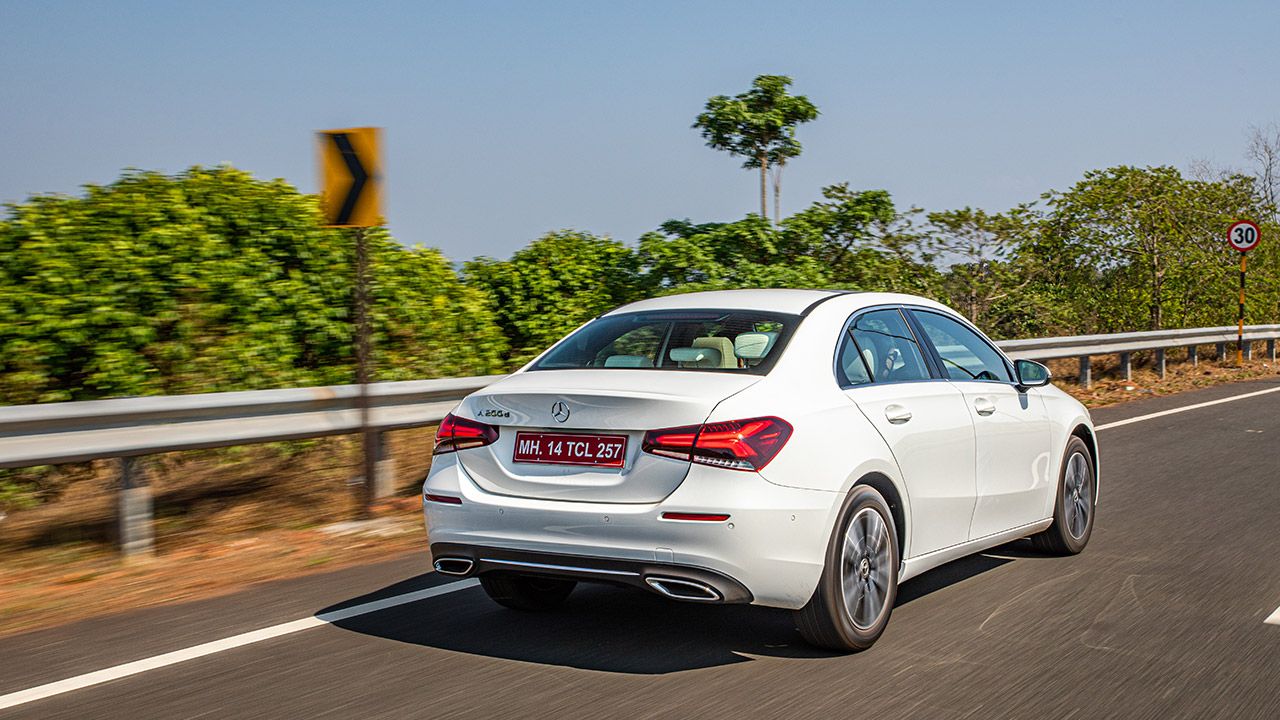
You’ve seen what’s happening with the fuel prices and emission regulations currently. Where do you see the whole petrol versus diesel argument going, especially in your segments?
We have seen that in the last 12 to 24 months there has been a gradual shift to petrol in major markets like Delhi and Mumbai. We have already crossed the 50% threshold, and for example, in Delhi, we have close to 55-60% of customers preferring petrol engines. Having said that, diesel is very much alive and kicking. And there is certainly a customer base that prefers the characteristics of diesel engines, such as the higher torque. So that way we need to have a mix of petrol and diesel to control our CO2 number, but as a company, we feel diesels play an important role, and markets like Punjab, Hyderabad, and Kerala, are still hardcore diesel markets, and customers in these markets love diesels. So, it’s important to have both engines in the portfolio for us, it’s good that we are able to offer both to customers and we will continue to do that.
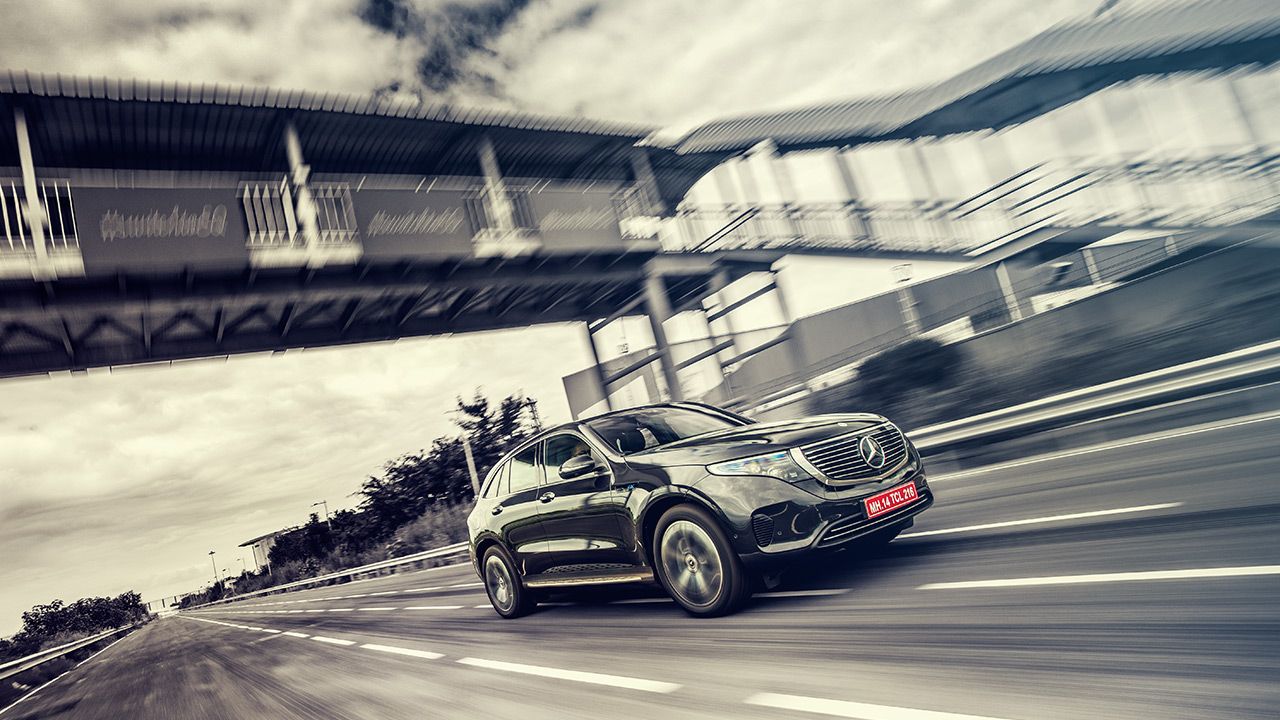
You’re increasing your electric vehicle range worldwide and in India, you’ve got the EQC. Is there a plan to bring in more models? How’s the initial response been with the EQC?
With the EQC, we had a two-pronged approach, first, from a sustainability perspective, we wanted to make a statement in India, and we wanted to grow the awareness on EVs and sustainability. And I think that has happened if you look at the reaction from our competitors, everybody now wants to bring in an EV, which shows that they follow us. And that’s good because it will improve the ecosystem, it’ll improve awareness among customers. And that will, in turn, fuel the EV demand. In terms of a specific car like EQC, our initial allocation is sold out and there’s a huge demand for the EQC worldwide. Right now, we have reopened the bookings for EQC and will be able to resume deliveries in April and May. I think as market leaders, it’s our responsibility to shape the market, educate and bring awareness. And that’s the biggest thing that we see now, a lot of brands rushing into the EV space. They’re all saying yes, we have entered too. So that I think is a big success in itself.
Read more:
Interview with Santosh Iyer, VP, Sales & Marketing, Mercedes-Benz India
Interview with Martin Schwenk, MD & CEO, Mercedes-Benz India
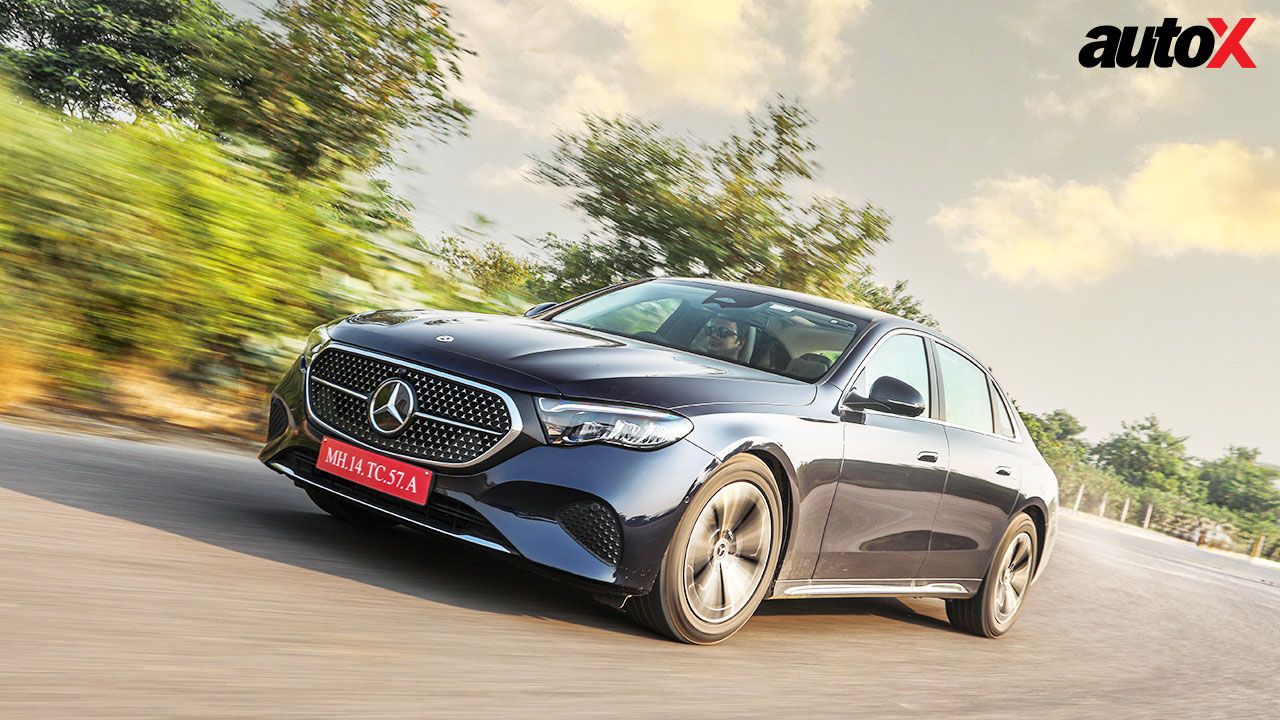
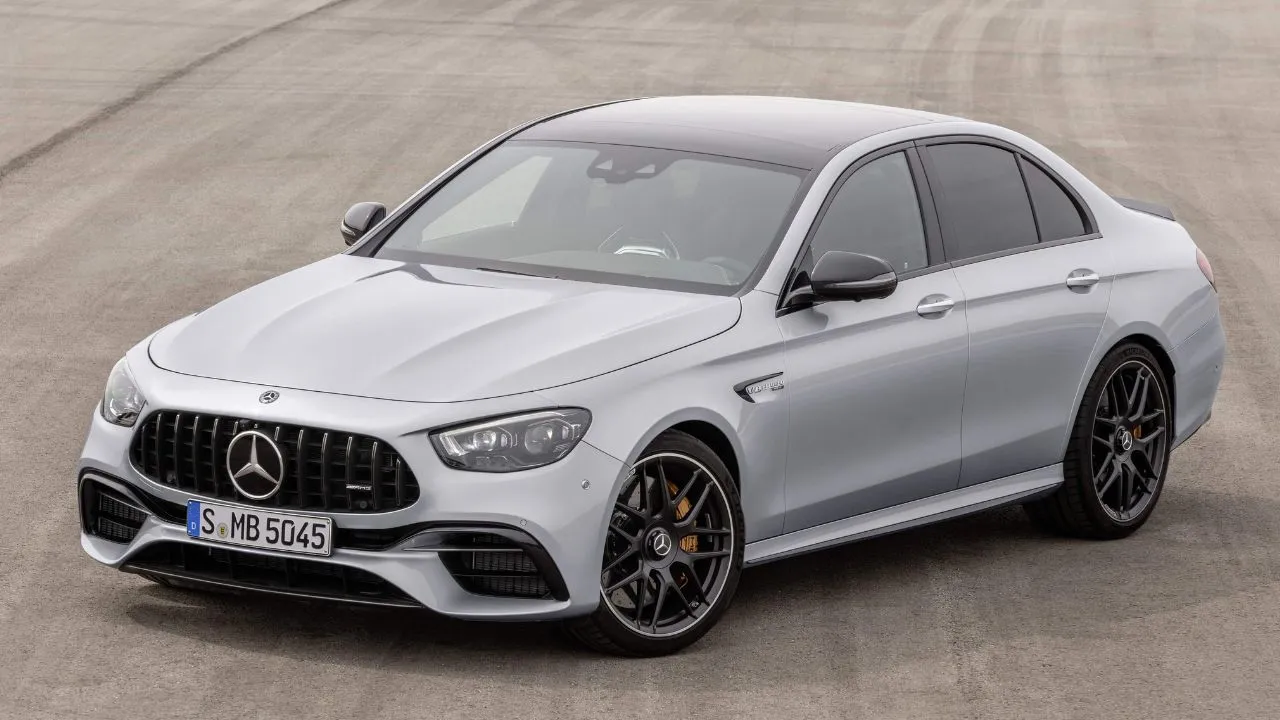
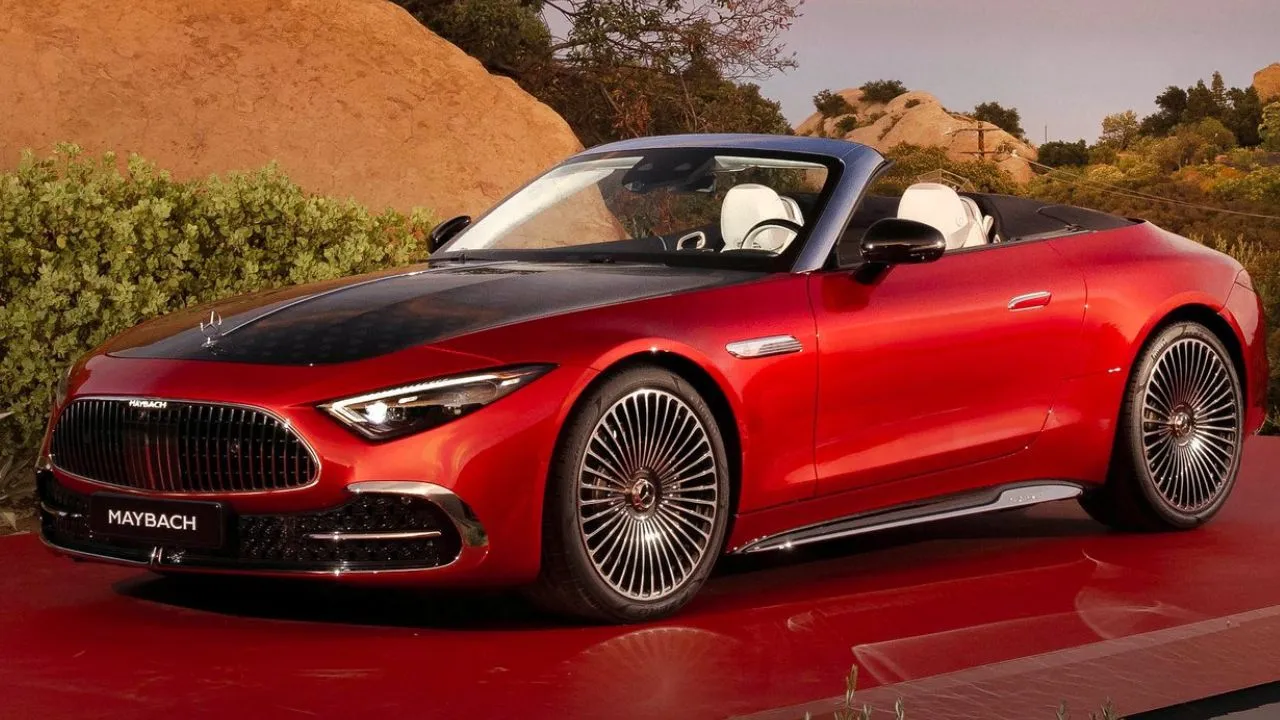
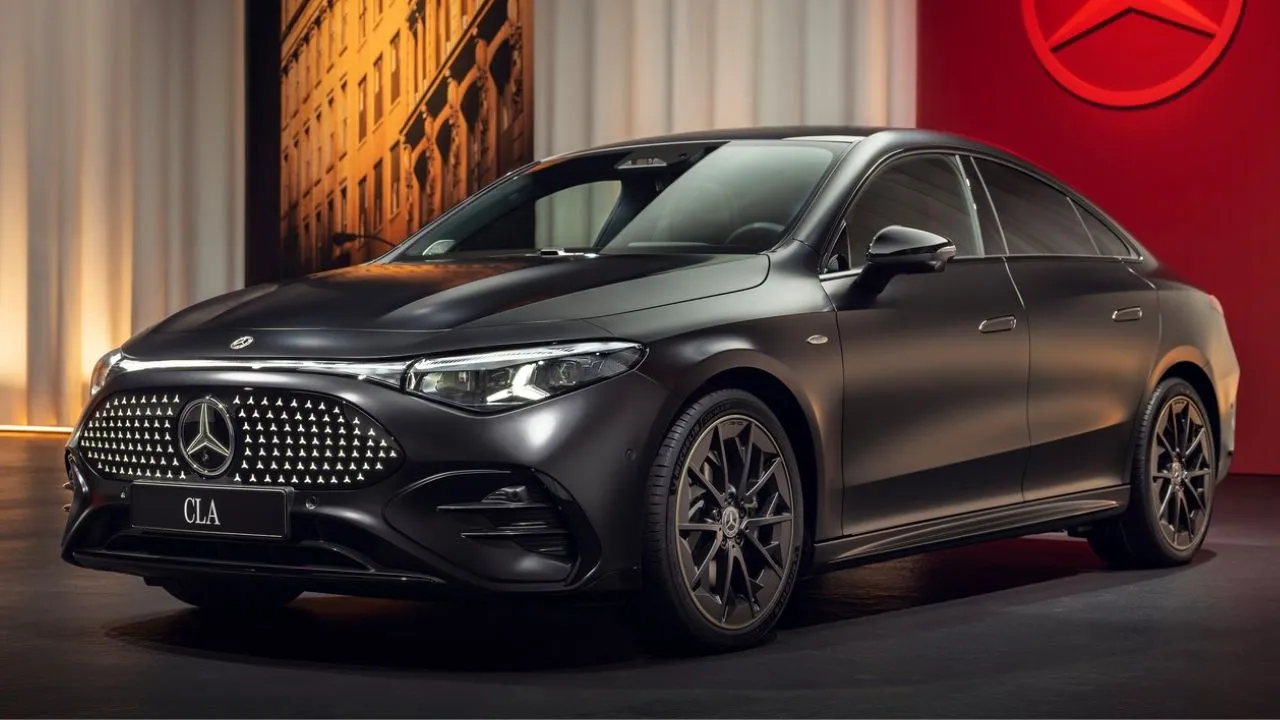

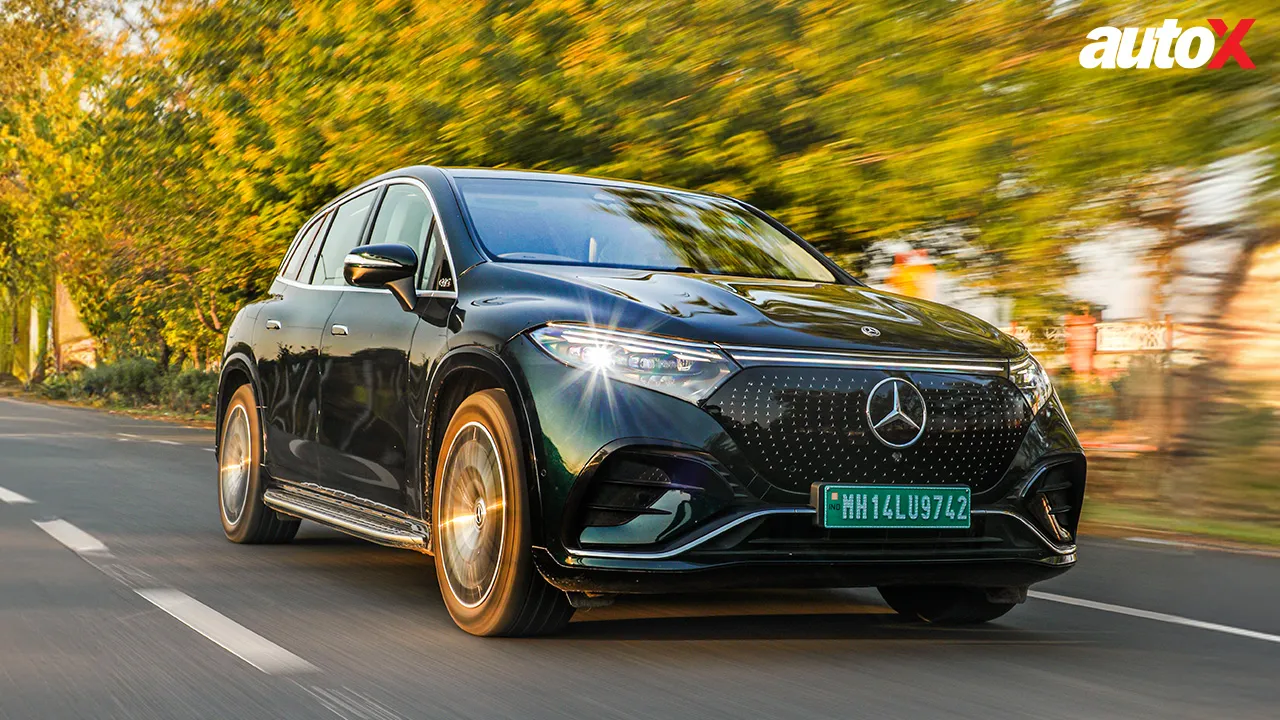





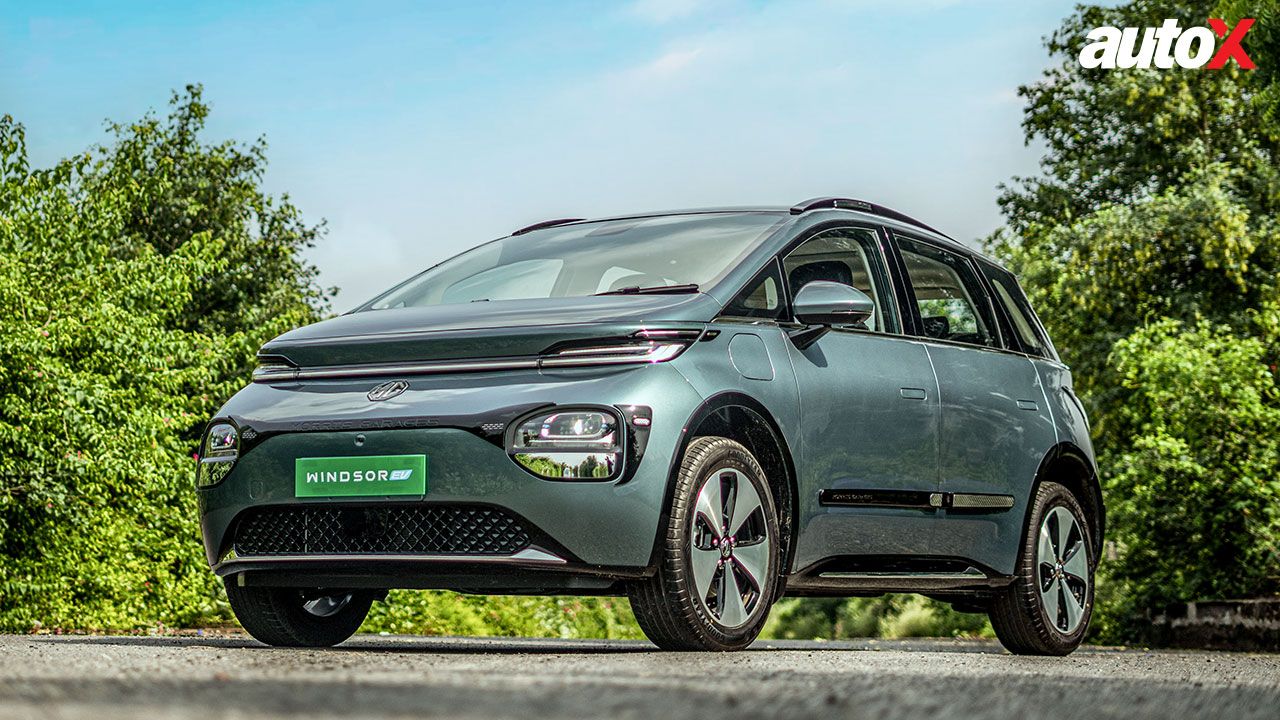
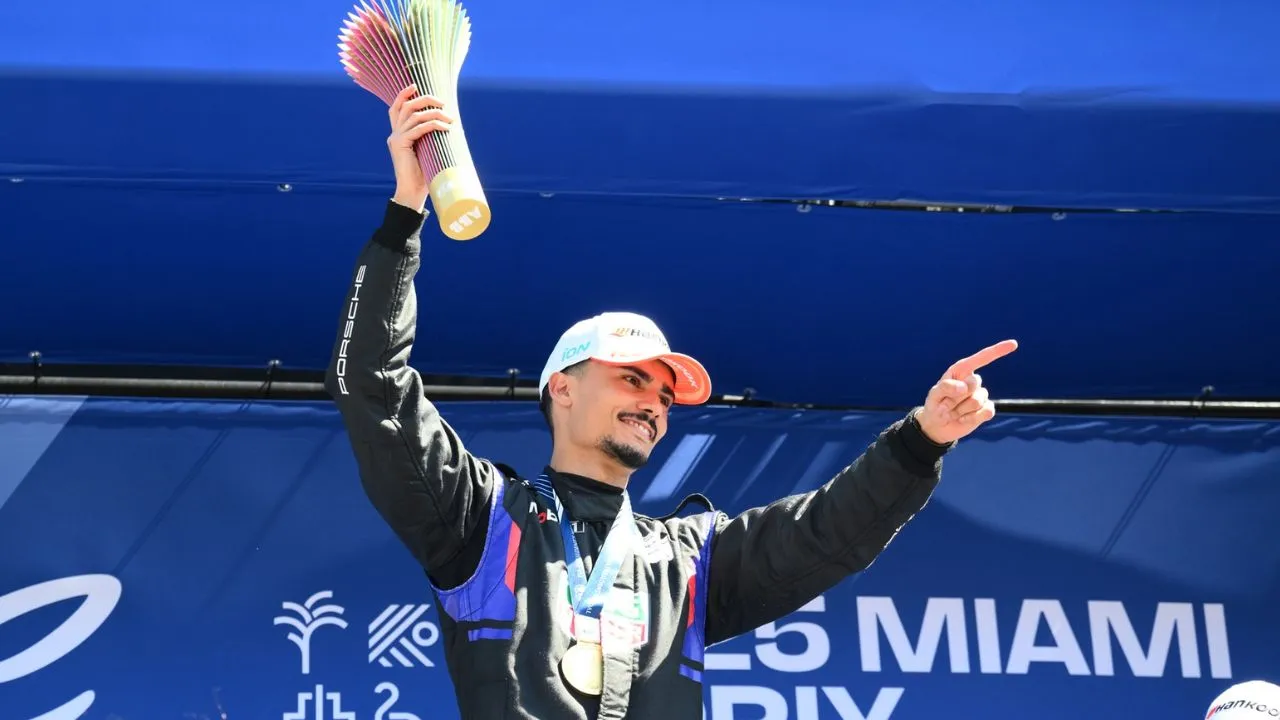

.webp)
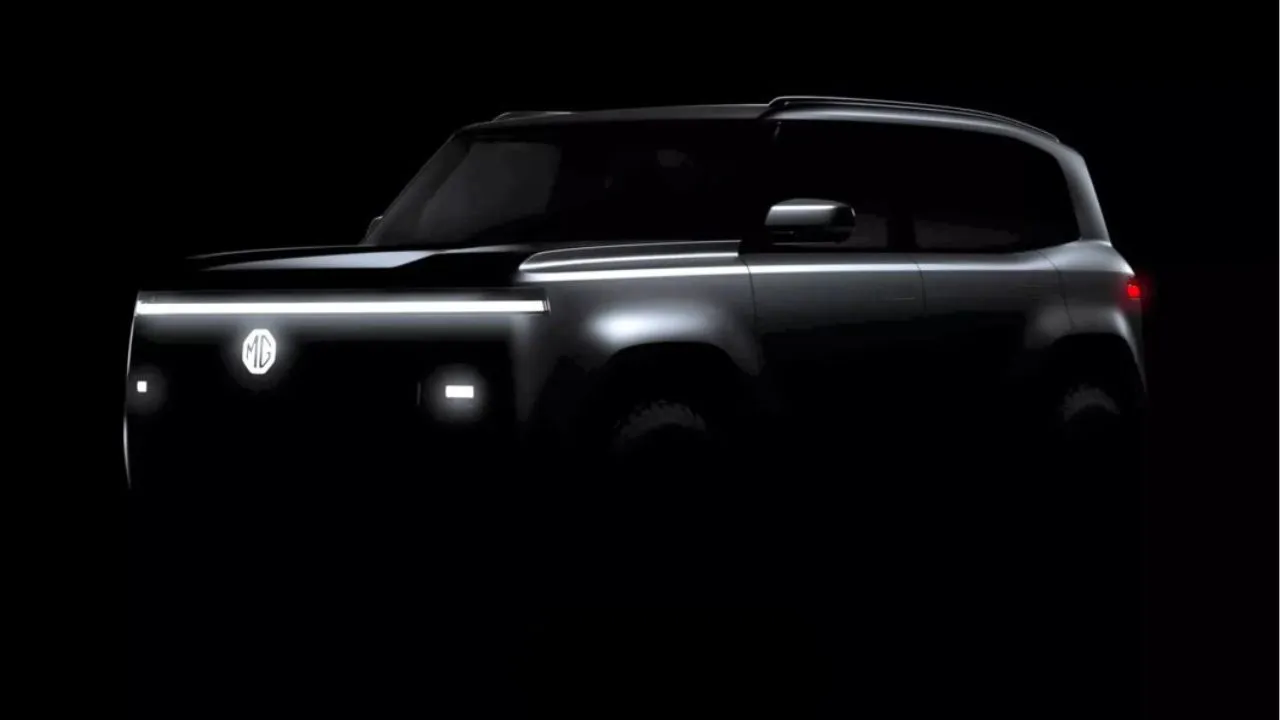





Write your Comment on